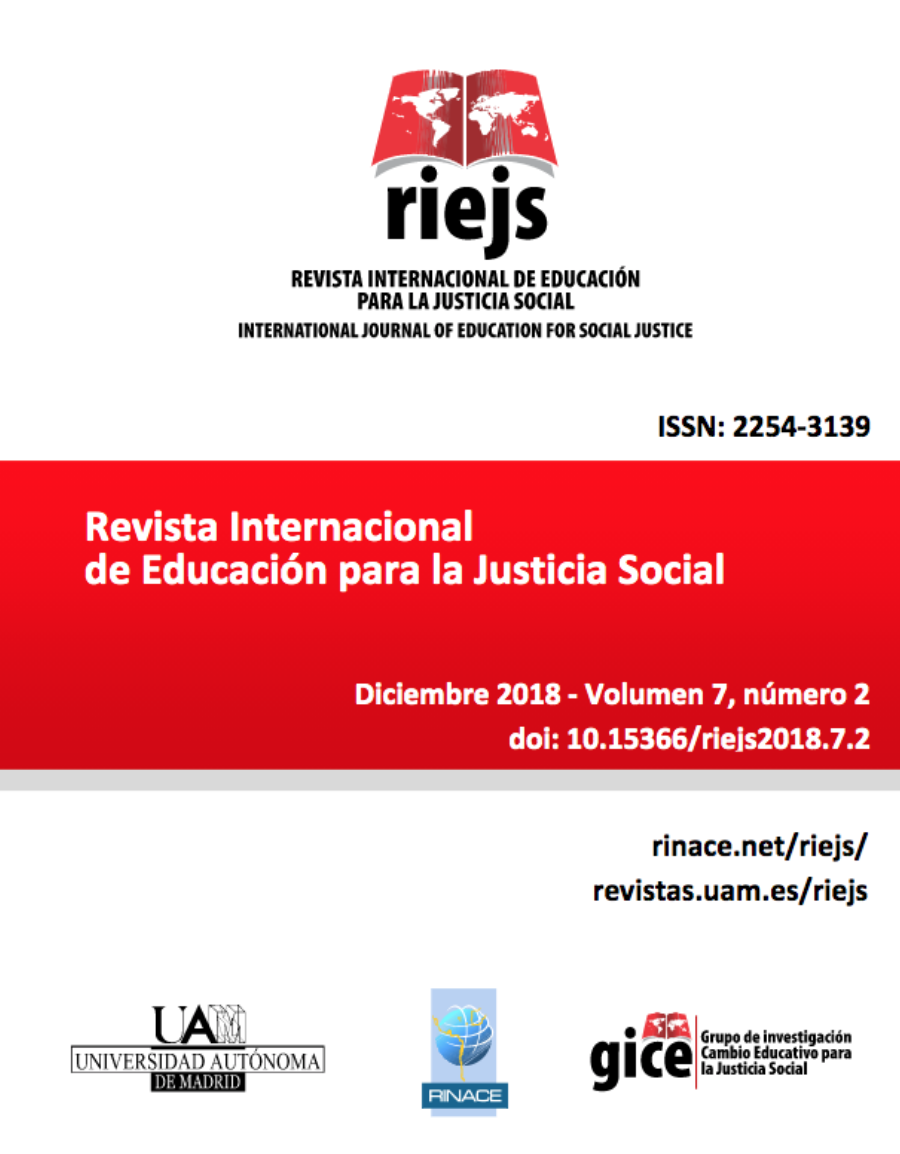Abstract
The challenge of education in the coming decades will not be the mastery of knowledge, but the power of creative learning. The era of repetitive learning belongs to the past. In the 21st century creative learning will shine, and will be the main tool in the classroom. Students of the future will have to apprehend in a holistic, permanent and creative way. Linking education to school is a thought of the industrial revolution and not of the revolution of creativity. Everything we know is nothing more than a creation of the human mind, the fruit of creative learning. Assuming a new way to understand the learning process, carries with it the modification pattern of the customary behavior or the pertinent algorithms. It all depends on the sense we give to what we do. To implement creative learning in the classroom, the teacher should contemplate two factors: to rescue the concept of apprehending, and to know the functioning of the brain when it comes to teaching. Accordingly, the teacher must respect the creativity learning pace of each student; In addition, the teacher must consider that to create knowledge is necessary to know the brain process involved. To manage this change, it is essential to get out of the comfort zone and inspire students to develop new skills and arouse a passion for apprehending.
Keywords: Creativity; Learning; Knowledge; Brain; Classrooms.
Downloads
References
Alonso Puig, M. (2013). El cociente agalla. Sé valiente, cambia tu vida. Barcelona: Espasa.
Braidot, N. (2014). Cómo funciona tu cerebro. Barcelona: Planeta.
Ramón y Cajal, S. (2006). Recuerdos de mi vida. Barcelona: Crítica.
Chopra, D. (2006). Energía sin límites. Barcelona: Ediciones B.
Damasio, A. (1996). El error de Descartes. La emoción, la razón y el cerebro humano. Barcelona: Crítica.
Damasio, A. (2003). En busca de Spinoza. Neurobiología de la emoción y los sentidos. Barcelona: Crítica.
Damasio, A. (2010). Y el cerebro creó al hombre. ¿Cómo puede el cerebro generar emociones, sentimientos, ideas y el yo? Barcelona: Destino.
Delgado-García, J. M. (2008). El lenguaje del cerebro. Sevilla: Letra Aurea.
Mora, F. (2002). Cómo funciona el cerebro. Madrid: Alianza Editorial.
Mora, F. (2006). Los laberintos del placer en el cerebro. Madrid: Alianza.
Mora, F. (2013). Neuroeducación. Solo se puede aprender aquello que se ama. Madrid: Alianza Editorial.
Saint Aymour, J. (2015). Conexión cuántica. Claves para convertir lo imaginado en realidad. Cómo sincronizar con todo lo que deseas. Barcelona: Obelisco.
Stiglitz, J. E. y Greenwald, B. C. (2016). La creación de una sociedad del aprendizaje. Madrid: Esfera de los libros.
Torrance, P. (1976). La energía creativa. Madrid: Santillana.
Wilber, K. (2016). Meditación integral. Mindfulness para despertar y estar presente en nuestra vida. Barcelona: Kairós.

